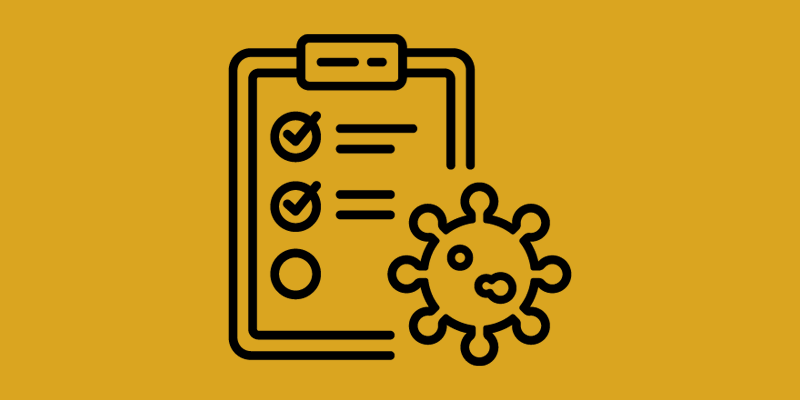Revolutionizing Healthcare Through Advanced Technology
Advancements in technology have revolutionized various industries, and healthcare is no exception. The integration of Artificial Intelligence (AI) in disease diagnosis and prediction has emerged as a transformative force, reshaping the landscape of medicine. AI-driven algorithms can analyze vast amounts of patient data, enabling early disease detection, accurate diagnoses, and personalized treatment plans. This article explores the topic of disease diagnosis and prediction using AI, highlighting how it can enhance healthcare outcomes and empower healthcare professionals.
The Significance of Early Disease Detection
Early disease detection is crucial for successful treatment outcomes and improved patient prognosis. However, identifying diseases at their nascent stages can be challenging, especially for complex and progressive conditions. AI’s ability to analyze large datasets and recognize subtle patterns has revolutionized early disease detection, leading to proactive and timely interventions.
How AI Empowers Disease Diagnosis
AI-driven disease diagnosis involves the analysis of various patient data, including medical history, genetic information, lifestyle factors, and environmental influences. Here’s how this technology is transforming the landscape of disease diagnosis:
- Pattern Recognition: AI algorithms excel at recognizing patterns within vast datasets. By comparing patient data to patterns associated with specific diseases, it can aid in the identification and classification of diseases
- Differential Diagnostics: AI algorithms can perform differential diagnostics, distinguishing between similar conditions that might present with overlapping symptoms. This helps healthcare professionals arrive at accurate diagnoses and appropriate treatment plans
- Expert Second Opinion: AI can function as an expert second opinion for healthcare professionals, offering additional insights and validation for complex cases. This collaborative approach enhances diagnostic accuracy and reduces the likelihood of misdiagnoses
- Radiology and Pathology: In radiology and pathology, AI-driven analysis of medical images and tissue samples aids in the detection and classification of diseases like cancer, neurological disorders, and cardiovascular conditions
AI’s Role in Disease Prediction
In addition to diagnosing existing diseases, AI is also revolutionizing disease prediction. Algorithms can analyze patient data to identify potential risk factors and predict disease development in the future. Here’s how it empowers disease prediction:
- Predictive Analytics: AI leverages machine learning algorithms to identify patterns within patient data that may indicate a higher risk of developing certain diseases. By analyzing genetic factors, lifestyle choices, and environmental influences, the technology can predict disease likelihood and progression
- Personalized Risk Assessment: AI provides personalized risk assessments, tailoring predictions to individual patients based on their unique characteristics. This allows healthcare professionals to design personalized prevention strategies and closely monitor high-risk patients
- Early Intervention: AI-driven disease prediction enables early intervention, allowing healthcare professionals to implement preventive measures and lifestyle modifications to reduce disease risk. This proactive approach can significantly improve patient outcomes and reduce healthcare costs
Ethical Considerations and Challenges
While AI offers promising advancements in disease diagnosis and prediction, it also raises important ethical considerations and challenges. Ensuring patient data privacy, transparency in algorithms, and avoiding algorithmic biases are critical aspects that require careful attention.
- Data Privacy: Protecting patient data is of utmost importance in AI-driven disease diagnosis and prediction. Healthcare institutions and developers must adhere to strict data security protocols to safeguard patient privacy and confidentiality
- Algorithmic Biases: AI algorithms are only as unbiased as the data they are trained on. Ensuring that models are developed using diverse and representative datasets is essential to avoid biases that may disproportionately impact certain patient groups
- Transparency and Interpretability: The transparency of algorithms is essential for healthcare professionals to trust and understand their predictions. Developing interpretable models can help healthcare professionals make informed decisions based on AI-generated insights
AI Advances in Disease Diagnosis
The integration of AI in disease diagnosis and prediction marks a groundbreaking advancement in healthcare. By harnessing the power of this technology, healthcare professionals can achieve earlier disease detection, accurate diagnoses, and personalized treatment plans. AI-driven predictive analytics empowers healthcare providers to identify high-risk patients, implement preventive measures, and improve patient outcomes.
As models and algorithms continue to evolve, they will play an increasingly significant role in disease management and patient care. Healthcare professionals and developers must work together to address ethical considerations, ensure patient data privacy, and mitigate algorithmic biases.
The future of disease diagnosis and prediction is bright with the potential of AI. By embracing this transformative technology responsibly and ethically, healthcare can usher in a new era of precision medicine, where diseases are detected earlier, treatment is tailored to individual needs, and patient outcomes are elevated to new heights. The journey of AI in healthcare is an ever-evolving one, and the possibilities are boundless.
